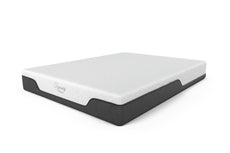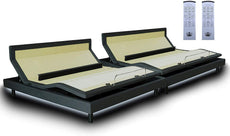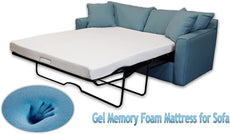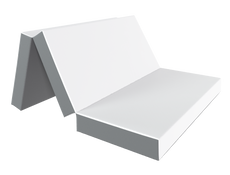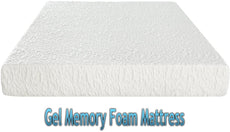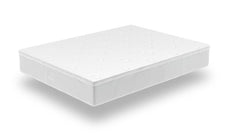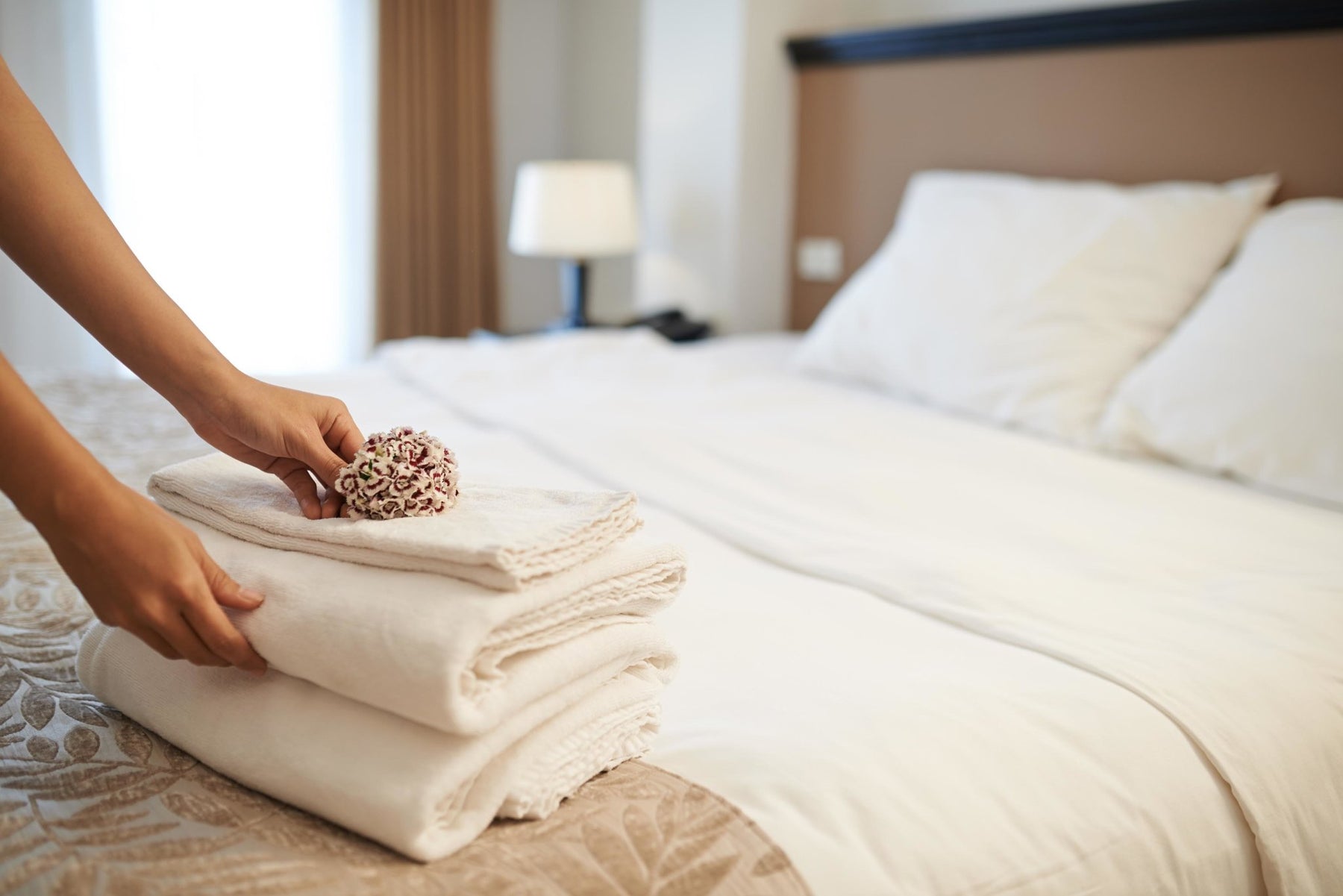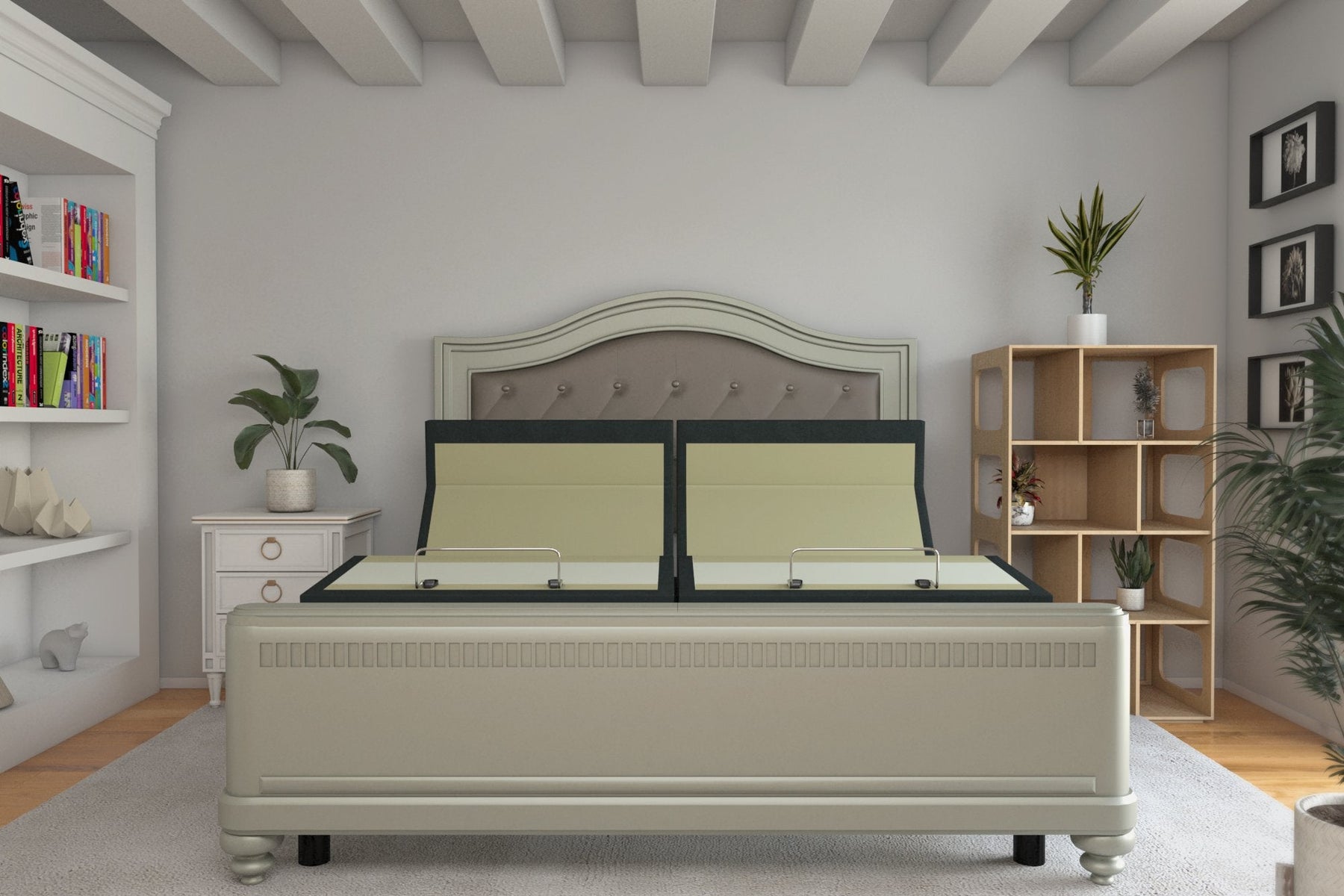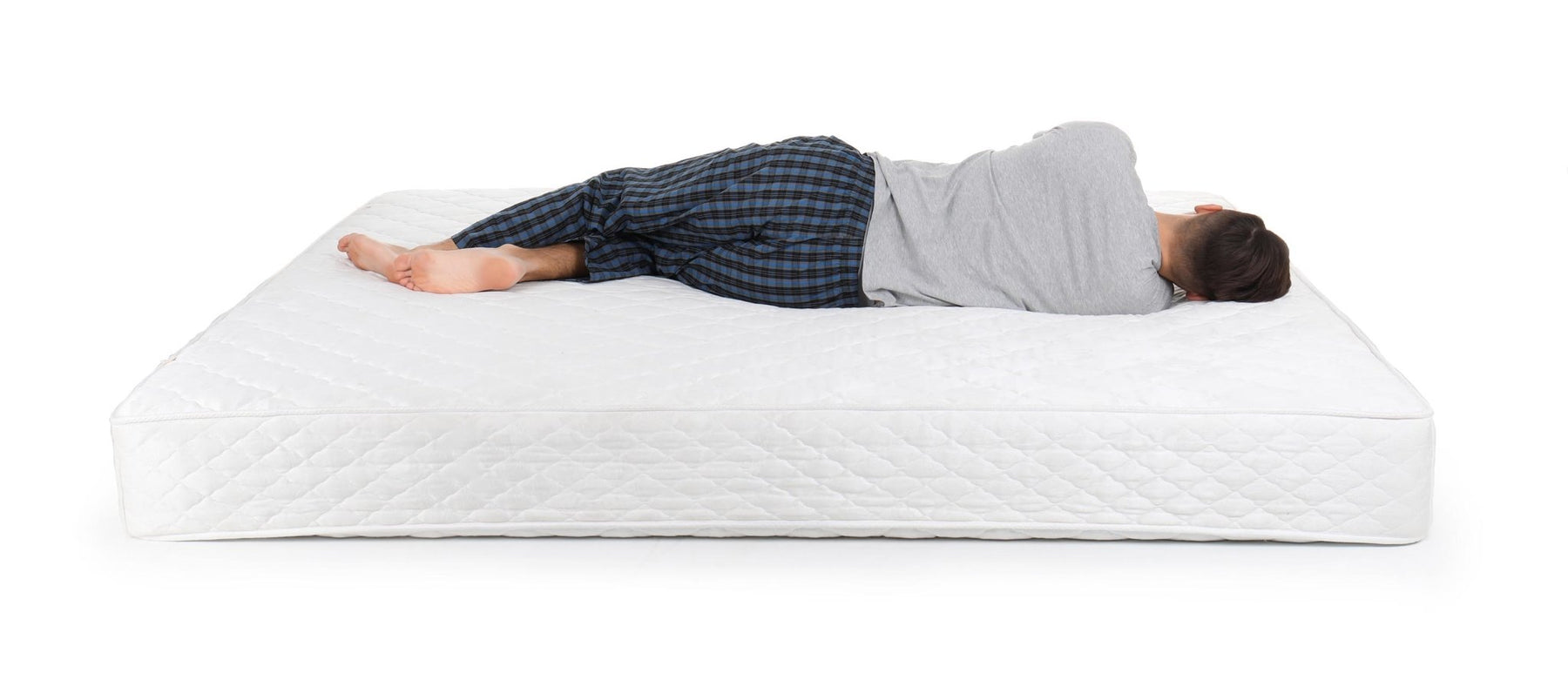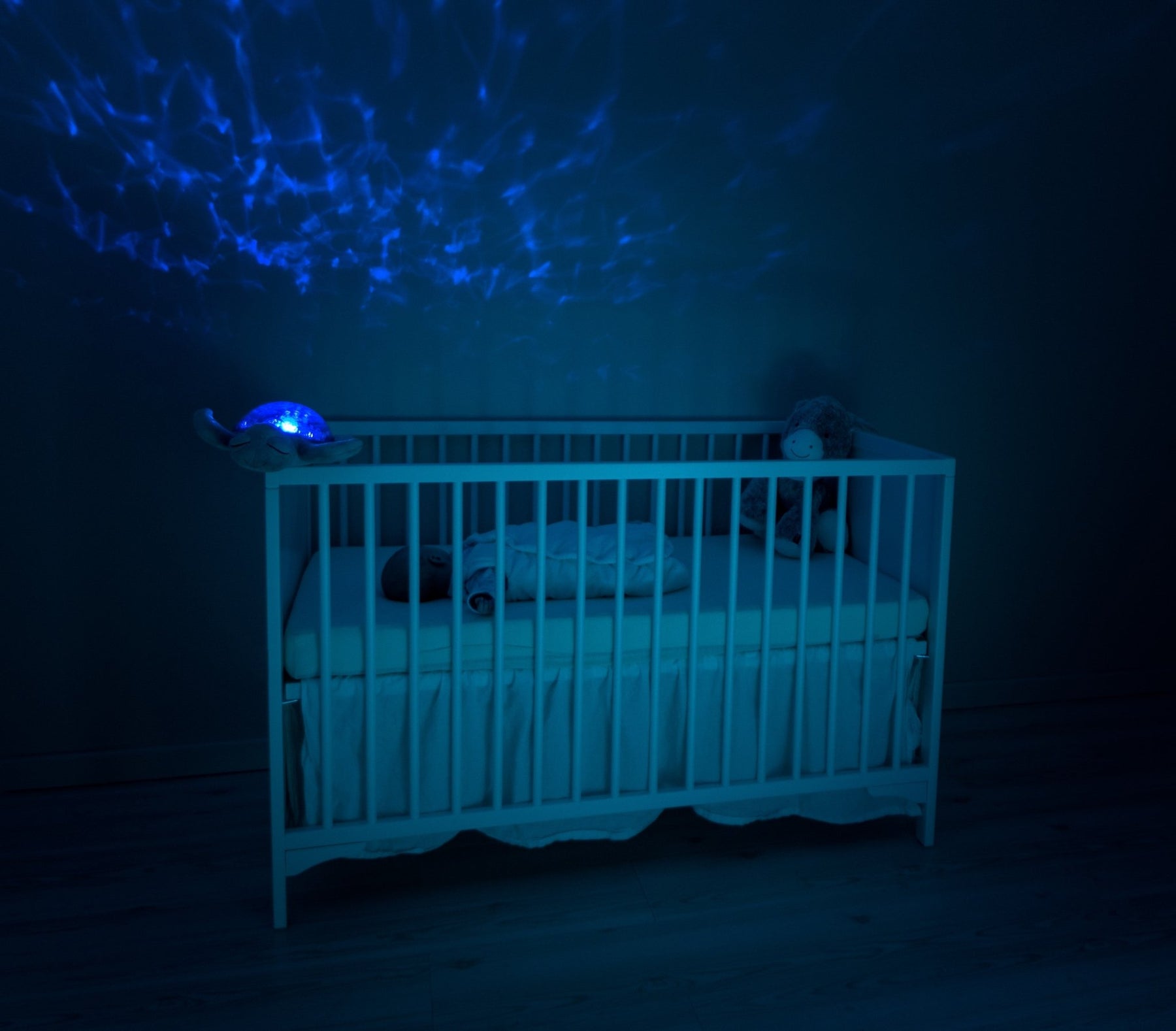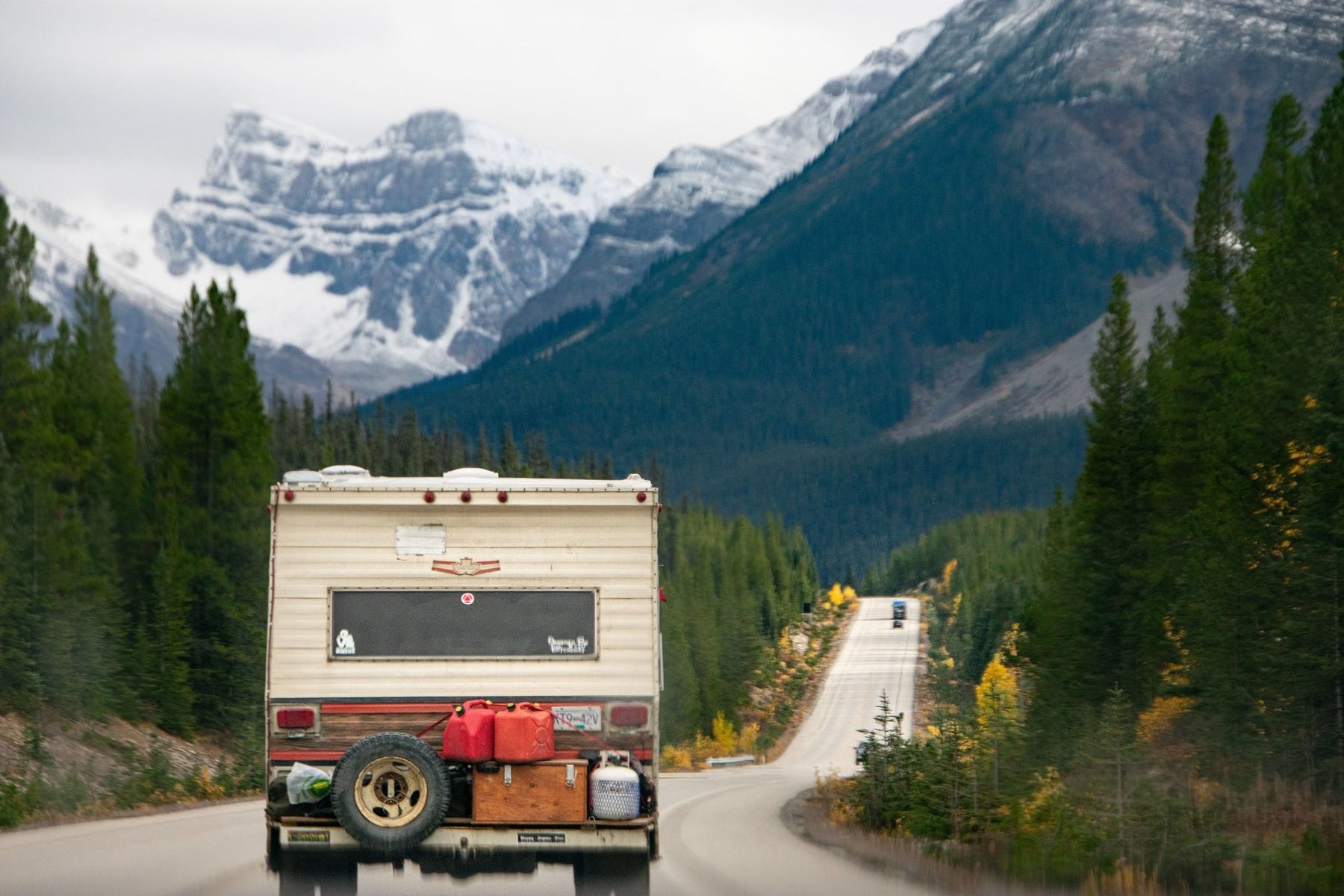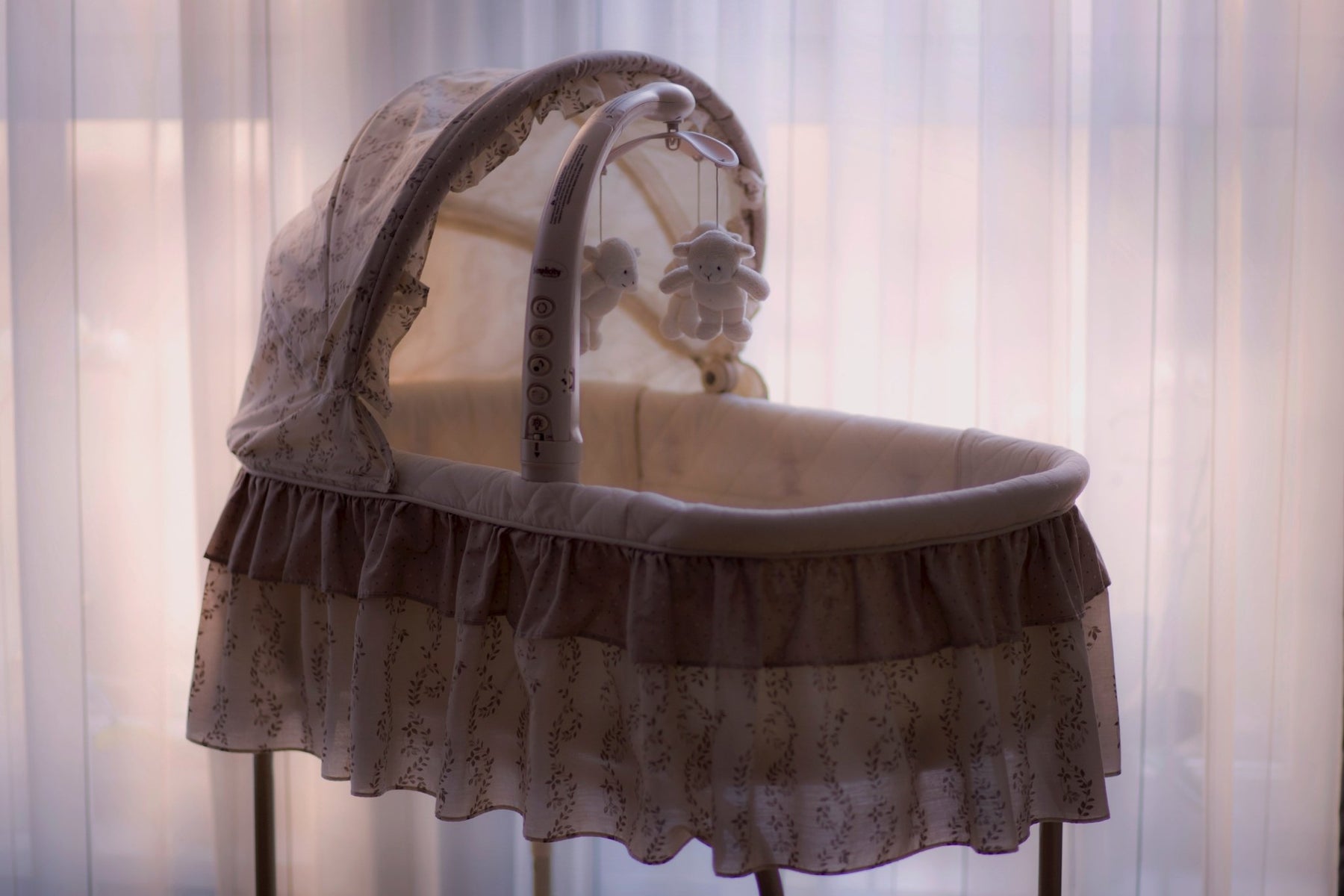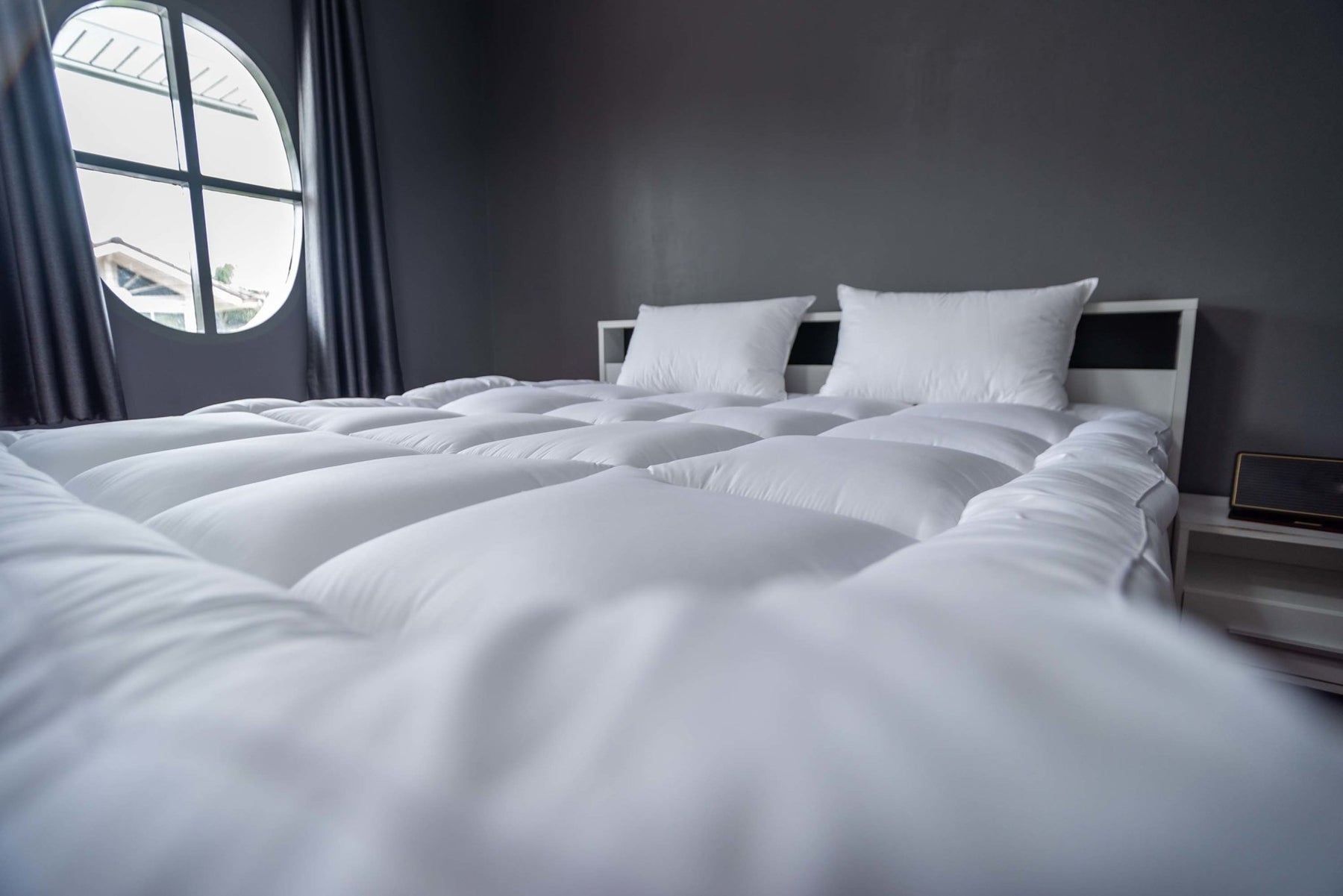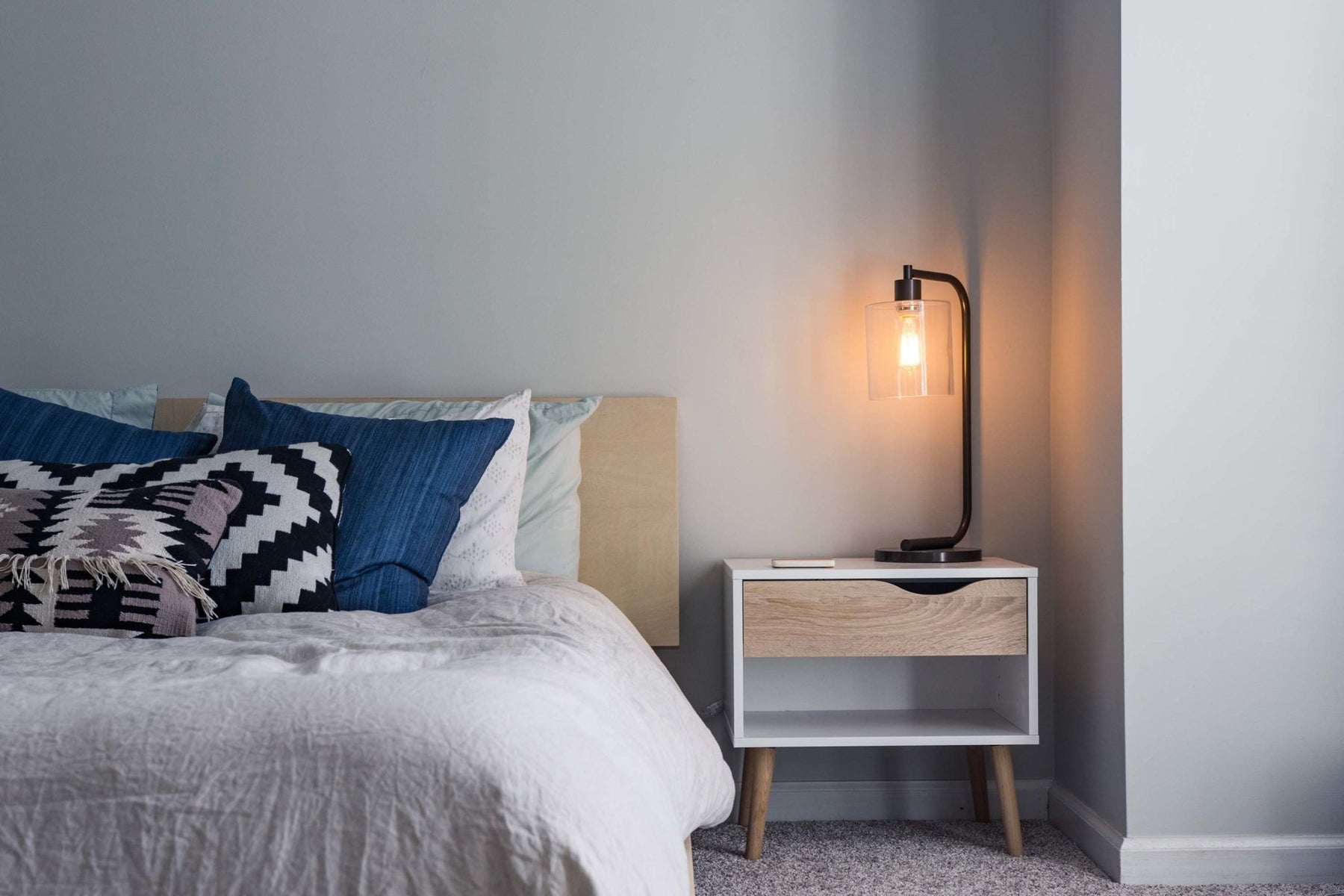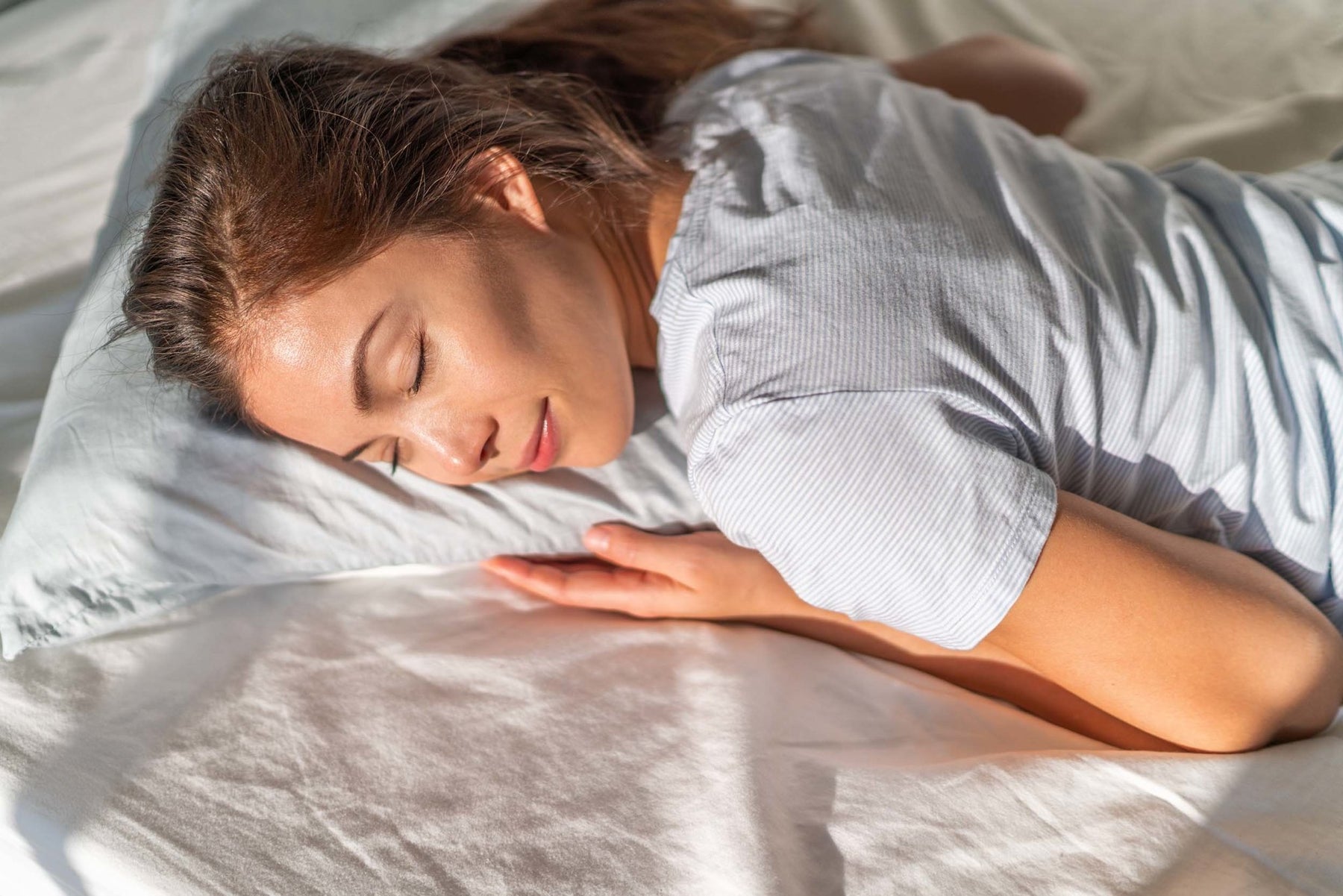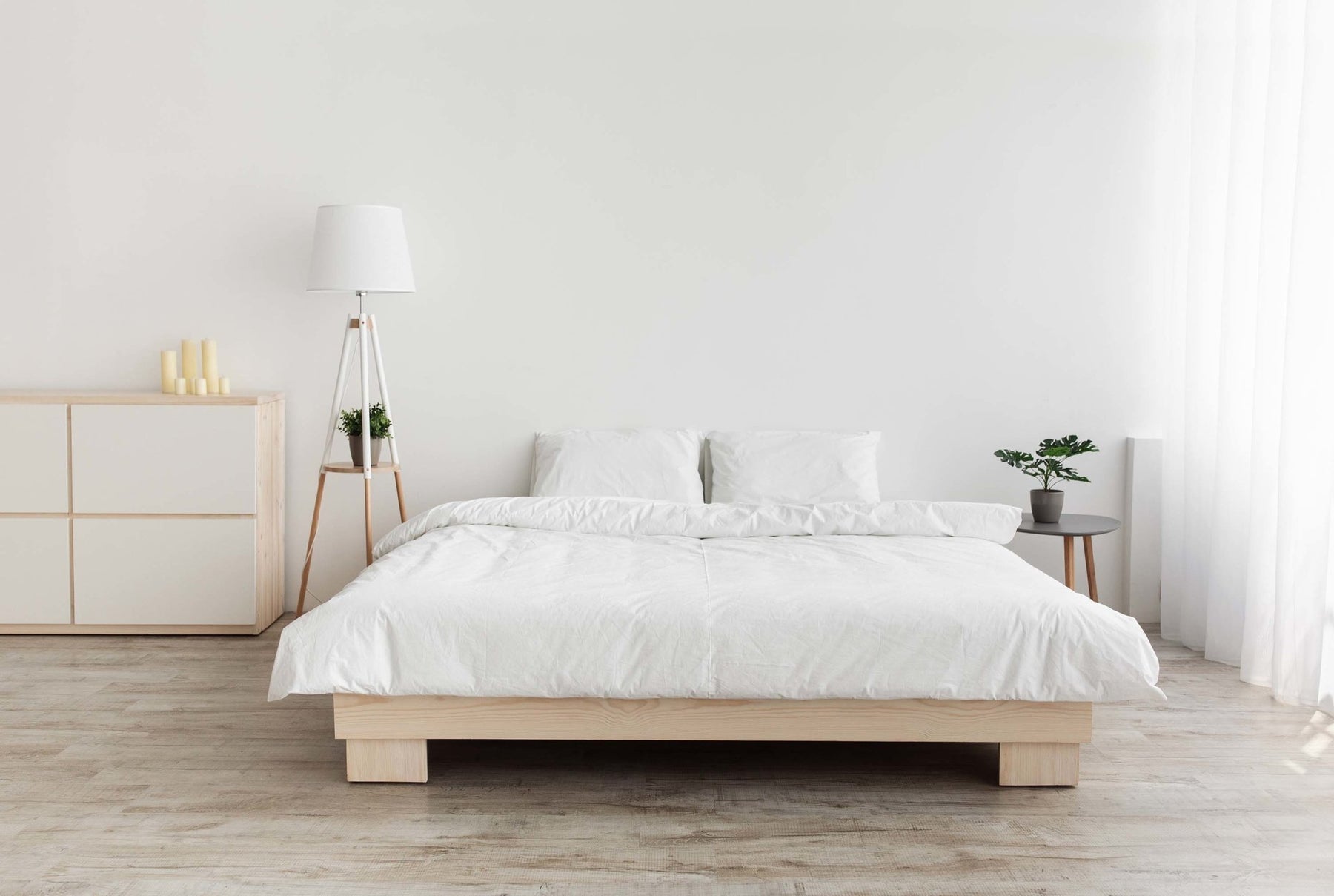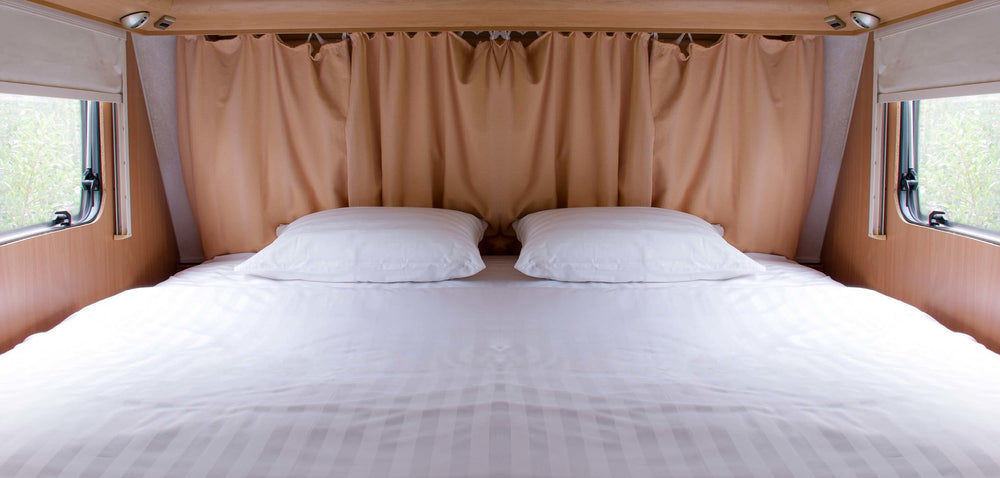
How to Prevent Mold Under RV Mattress
When it comes to mattress-related problems, mold is arguably the worst. Not only is it unpleasant to look at, but it can jumpstart a myriad of problems, from acute respiratory problems to worsening allergies over time. And once the fungus takes root, it’s incredibly difficult to get rid of. Thankfully, there are several things you can do to prevent mold from taking hold under your RV mattress, and we’ll fill you in on them in this article. Let’s get right into it!
Examine Your Mattress Thoroughly
If mold has already begun to grow under your RV mattress, it’s too late for prevention. So, before you get started with mold prevention, examine your mattress for the following signs of mold growth:
- A musty smell emanating from the mattress.
- Large, discolored patches on the mattress.
- Small, black spots on random areas of the mattress.
- An increase in allergy symptoms or respiratory issues when you’re around or lying on the mattress.
If you notice any of these issues, you probably have a mold problem already and should take steps to remedy the mold issue rather than prevent it. If only a portion of the mattress is affected, you can do a super deep cleaning session on your mattress to remove the mold. You can also have it professionally shampooed by a mattress cleaning company. But if it’s too far gone, you may need to get rid of the mattress altogether.
How to Prevent Mold Growth Under an RV Mattress
If your mattress is mold-free, you’re in a good spot. Now you’ve got the green light to do all you can to prevent mold from growing on your RV mattress. One thing that mold desperately needs to grow is moisture. So, to prevent mold from growing under your mattress, you need to keep it dry under there. There are a few things you can do to keep your mattress dry, and they include the following:
-
Put Your Mattress on a Base, Frame, or Foundation

Raising your mattress off the floor is one of the best ways to keep your mattress dry. Should there be a spill or flood in your RV, if your bed isn’t on the floor, the moisture or liquid won’t come in contact with your mattress. When looking for a base, frame, or foundation, we recommend selecting one that has slats or a breathable covering. It’ll reduce the chances of moisture getting trapped in your mattress’s fibers.
-
Watch the Humidity Levels in Your RV
Without you noticing, the humidity levels in your RV could reach high levels and cause your bed to become moist. You can keep humidity levels low by:
- Running a dehumidifier
- Frequently airing out the vehicle
- Using fans intermittently
We also encourage you to find and address any sources of moisture in your RV. There could be leaks from faulty or failing plumbing, leaky air conditioning systems, rain seepage, and more. Do whatever you can to keep the moisture to a minimum.
-
Avoid Spilling Liquids Near Your Mattress

Many of us keep a glass of water on the nightstand for a quick drink to quench our midnight thirst. But we advise against it if you want to avoid mold growth under your mattress. Just one substantial spill can result in your mattress getting drenched, jumpstarting mold growth.
-
Use a Waterproof Mattress Cover
Waterproof plastic mattress covers come in handy when trying to avoid mold growth under your RV mattress. They act as a barrier against moisture, so that it never gets in your mattress.
Just keep in mind that if you choose a mattress cover that’s too noisy, it can disturb you or your partner at night whenever you move around in bed. There are lots of brick-and-mortar stores and online retailers that sell waterproof mattress covers to prevent mold growth. They are worth the investment if you’re serious about keeping your bed mold-free.
-
Rotate Your Mattress Regularly

This tip involves a little bit of elbow grease, but it’s incredibly important - to prevent mold growth, you’ve got to rotate your mattress regularly. It’s as simple as flipping the mattress over every now and again. Why? If there’s any moisture accumulating on the bottom of your mattress, flipping it over will expose that portion of the mattress to the air to dry it out. If you often venture out into an area of high humidity, you can rotate your mattress more often.
After you flip your mattress over, we recommend that you air it out. One of the best ways to do this is to remove all the bedding and point a fan toward the mattress. The fan will help the moisture evaporate from the surface of the mattress and reduce the chances of mold growth.
You can also leave the mattress out in the sun for a day - few things are as good at drying up moisture as the sun.
Note: If you want to air out your mattress without flipping it over, prop up one side of the mattress, allow it to dry, and then prop up the other side. After a few hours, your mattress should be dry. If it’s not dry to the touch, it needs more drying time.
-
Use RV Moisture Barriers for Insulation
Sometimes, a little insulation is all you need to keep mold at bay. You can use a mattress topper, a slab of cardboard, or even mattress underlay. Either one of these RV moisture barriers will act as an avenue of escape for any moisture that accumulates under your mattress. You’ll place them between your mattress and your bed frame.
Simply adding an extra layer of insulation to your mattress won’t keep it dry in high humidity conditions. But it will help as part of a multi-pronged strategy to reduce the chances of mold growth.
Check Often For Signs of Mold Growth

As you take steps to prevent mold growth under your RV mattress, we recommend that you regularly check for signs of mold. The sooner you spot an issue, the better your chances of avoiding a full-blown mold infestation.
Look for discolored patches or stains on the mattress and any musty odors that could indicate mold growth. Also, scan for areas where your mattress is damp to the touch and dry them up immediately.
So, there you have it - everything you need to know about how to prevent mold growth under your RV mattress. We hope that the tips and tricks we’ve present in this article are helpful to you. If you put the aforementioned measures in place, you won’t ever have to deal with a moldy RV mattress - you can focus instead on enjoying your travels. Good luck!
Other articles you may like
0 comments
